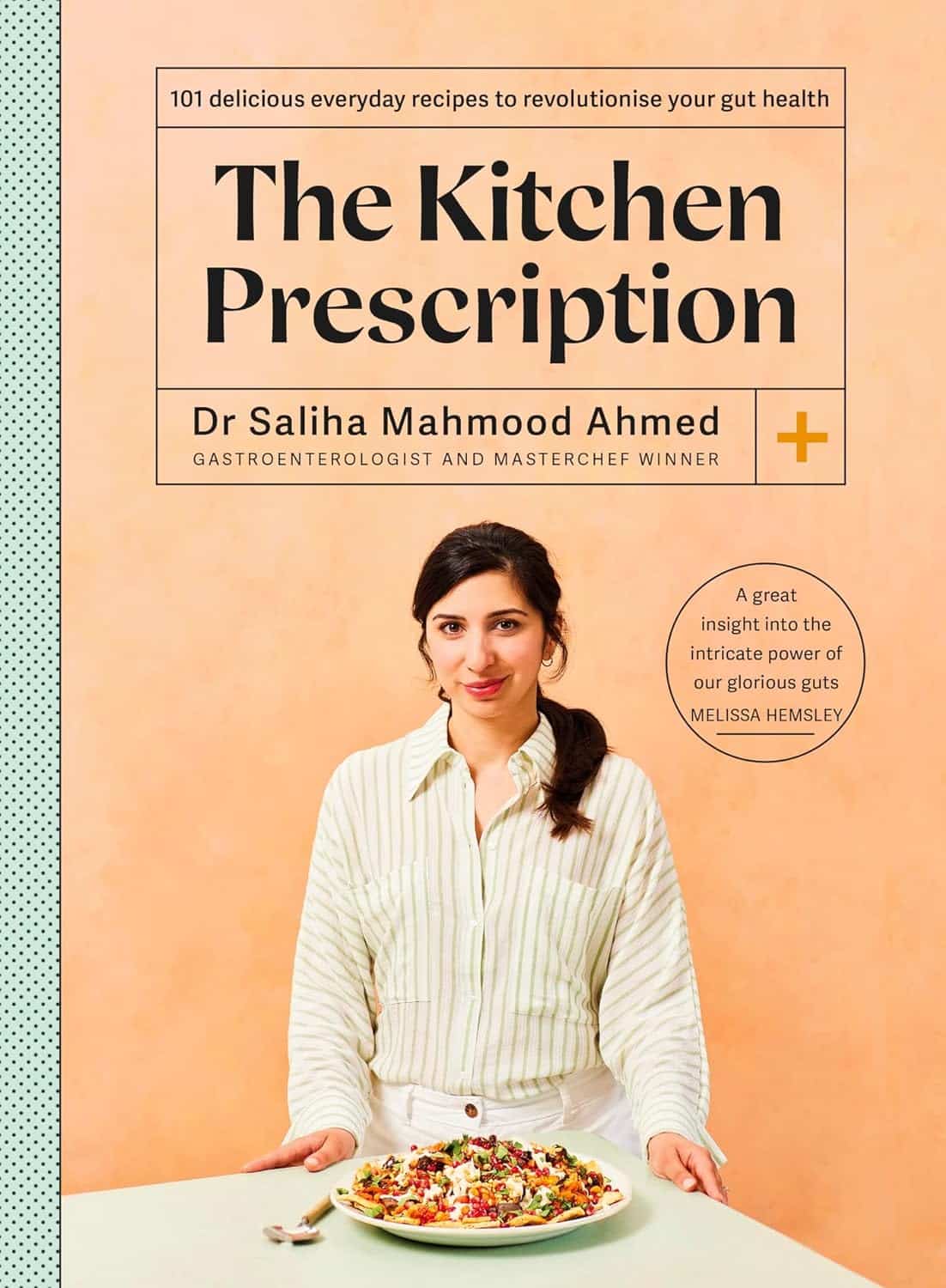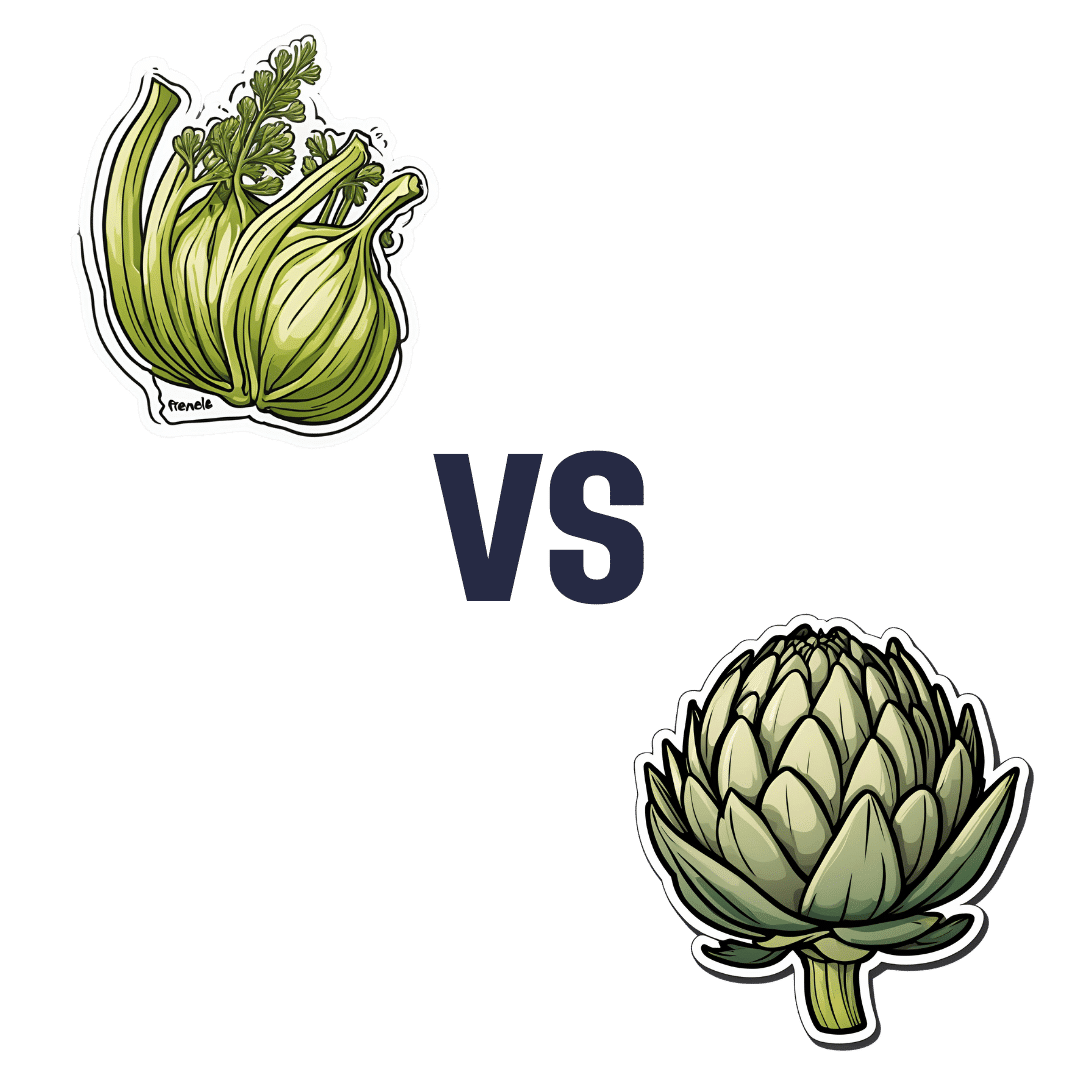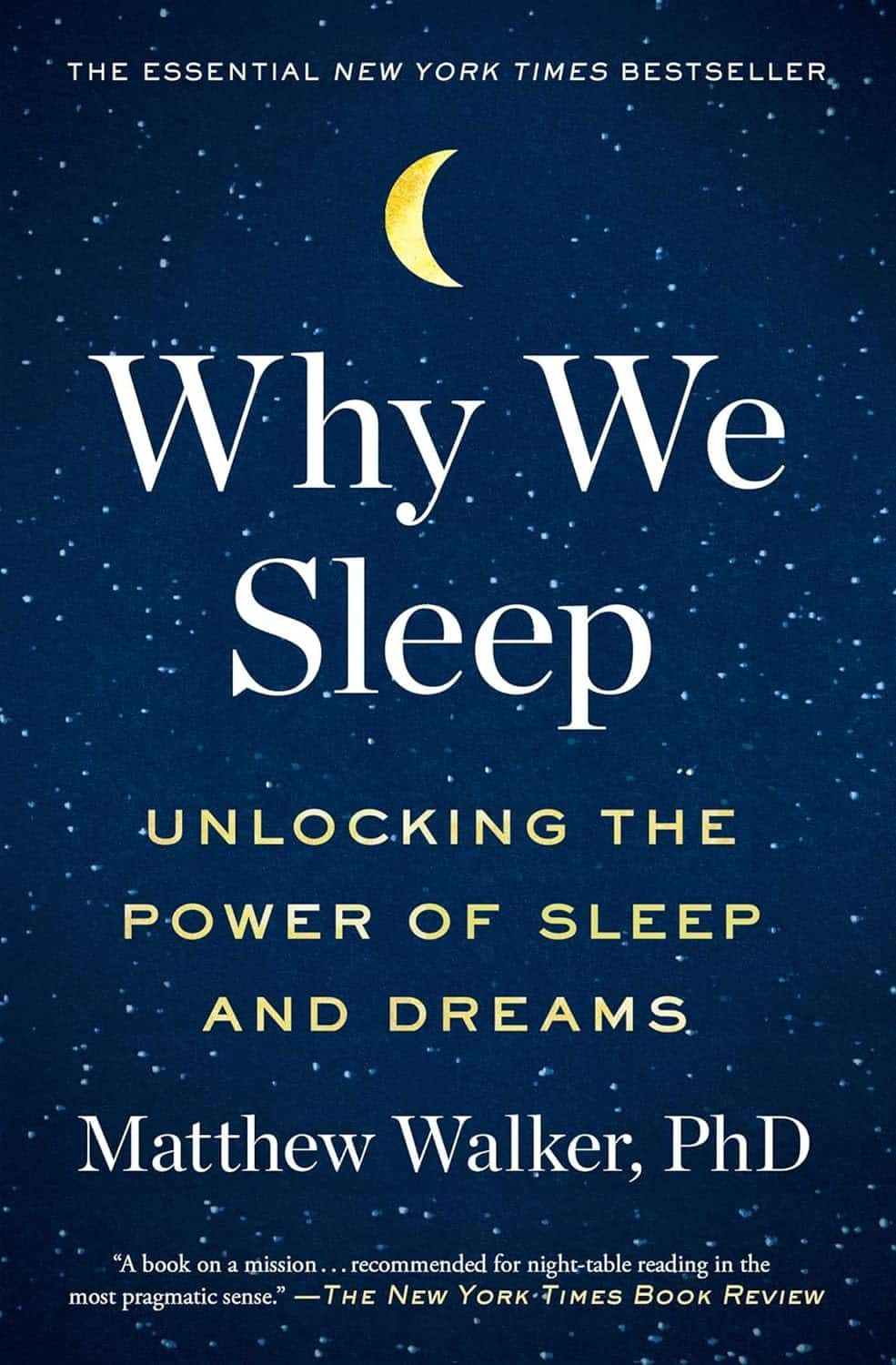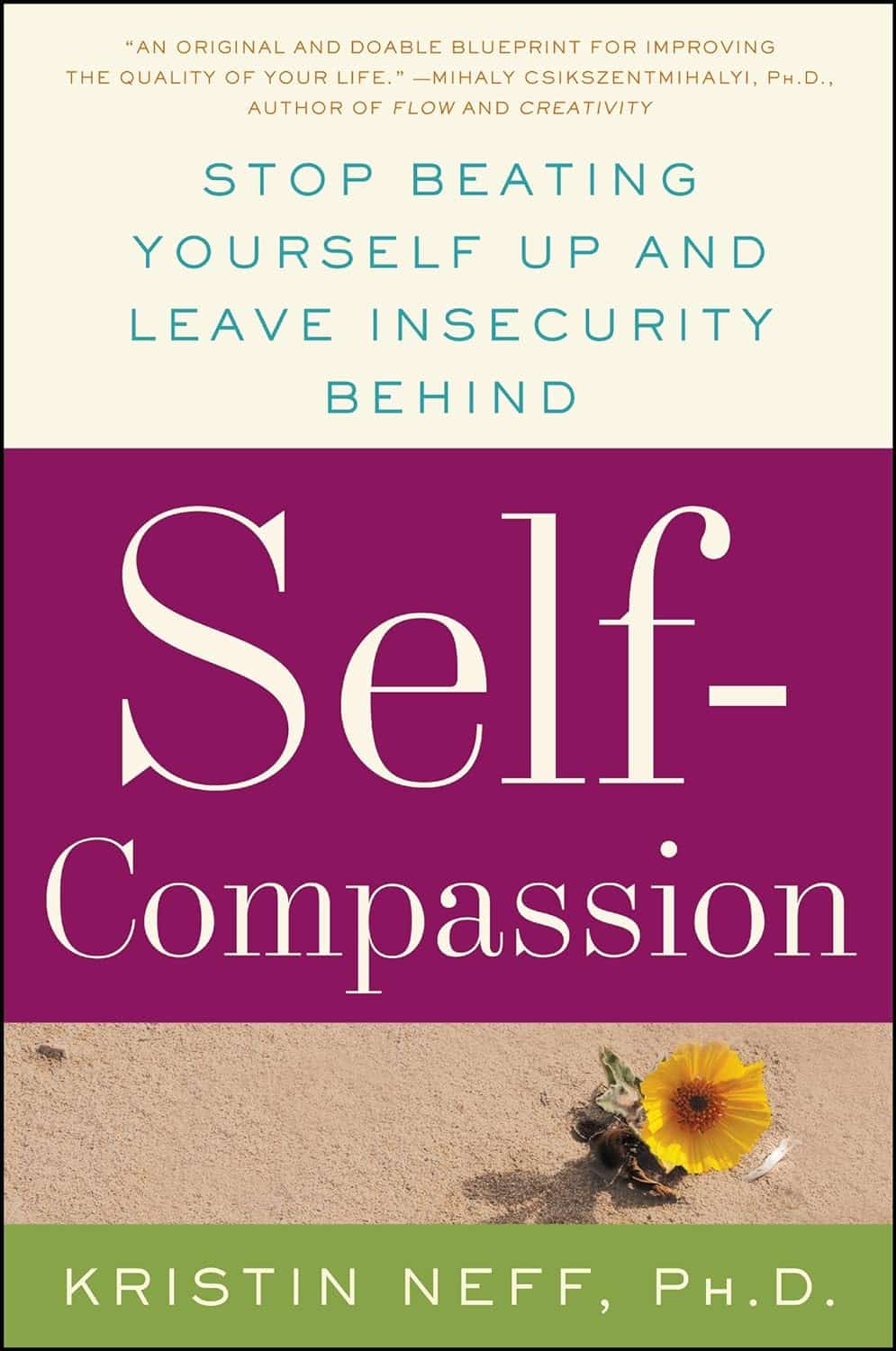
Brain Benefits in 3 Months…through walking?
10almonds is reader-supported. We may, at no cost to you, receive a portion of sales if you purchase a product through a link in this article.
Keeping it Simple
Today’s video (below) is another Big Think production (can you tell that we love their work?). Wendy Suzuki does a wonderful job of breaking down the brain benefits of exercise into three categories, within three minutes.
The first question to ask yourself is: what is your current level of fitness?
Low Fitness
Exercising, even if it’s just going on a walk, 2-3 times a week improves baseline mood state, as well as enhances prefrontal and hippocampal function. These areas of the brain are crucial for complex behaviors like planning and personality development, as well as memory and learning.
Mid Fitness
The suggested regimen is, without surprise, to slightly increase your regular workouts over three months. Whilst you’re already getting the benefits from the low-fitness routine, there is a likelihood that you’ll increase your baseline dopamine and serotonin levels–which, of course, we love! Read more on dopamine here, here, or here.
High Fitness
If you consider yourself in the high fitness bracket then well done, you’re doing an amazing job! Wendy Suzuki doesn’t make many suggestions for you; all she mentions is that there is the possibility of “too much” exercise actually having negative effects on the brain. However, if you’re not competing at an Olympic level, you should be fine.
Fitness and Exercise in General
Of course, fitness and exercise are both very broad terms. We would suggest that you find an exercise routine that you genuinely enjoy–something that is easy to continue over the long term. Try browsing different areas of exercise to see what resonates with you. For instance, Total Fitness After 40 is a great book on all things fitness in the second half of your life. Alternatively, search through our archive for fitness-related material.
Anyway, without further ado, here is today’s video:
How was the video? If you’ve discovered any great videos yourself that you’d like to share with fellow 10almonds readers, then please do email them to us!
Don’t Forget…
Did you arrive here from our newsletter? Don’t forget to return to the email to continue learning!
Recommended
Learn to Age Gracefully
Join the 98k+ American women taking control of their health & aging with our 100% free (and fun!) daily emails:
-
New study suggests weight loss drugs like Ozempic could help with knee pain. Here’s why there may be a link
10almonds is reader-supported. We may, at no cost to you, receive a portion of sales if you purchase a product through a link in this article.
The drug semaglutide, commonly known by the brand names Ozempic or Wegovy, was originally developed to help people with type 2 diabetes manage their blood sugar levels.
However, researchers have discovered it may help with other health issues, too. Clinical trials show semaglutide can be effective for weight loss, and hundreds of thousands of people around the world are using it for this purpose.
Evidence has also shown the drug can help manage heart failure and chronic kidney disease in people with obesity and type 2 diabetes.
Now, a study published in the New England Journal of Medicine has suggested semaglutide can improve knee pain in people with obesity and osteoarthritis. So what did this study find, and how could semaglutide and osteoarthritis pain be linked?
Pormezz/Shutterstock Osteoarthritis and obesity
Osteoarthritis is a common joint disease, affecting 2.1 million Australians. Most people with osteoarthritis have pain and find it difficult to perform common daily activities such as walking. The knee is the joint most commonly affected by osteoarthritis.
Being overweight or obese is a major risk factor for osteoarthritis in the knee. The link between the two conditions is complex. It involves a combination of increased load on the knee, metabolic factors such as high cholesterol and high blood sugar, and inflammation.
For example, elevated blood sugar levels increase the production of inflammatory molecules in the body, which can damage the cartilage in the knee, and lead to the development of osteoarthritis.
Weight loss is strongly recommended to reduce the pain of knee osteoarthritis in people who are overweight or obese. International and Australian guidelines suggest losing as little as 5% of body weight can help.
But losing weight with just diet and exercise can be difficult for many people. One study from the United Kingdom found the annual probability of people with obesity losing 5% or more of their body weight was less than one in ten.
Semaglutide has recently entered the market as a potential alternative route to weight loss. It comes from a class of drugs known as GLP-1 receptor agonists and works by increasing a person’s sense of fullness.
Semaglutide for osteoarthritis?
The rationale for the recent study was that while we know weight loss alleviates symptoms of knee osteoarthritis, the effect of GLP-1 receptor agonists was yet to be explored. So the researchers set out to understand what effect semaglutide might have on knee osteoarthritis pain, alongside body weight.
They randomly allocated 407 people with obesity and moderate osteoarthritis into one of two groups. One group received semaglutide once a week, while the other group received a placebo. Both groups were treated for 68 weeks and received counselling on diet and physical activity. At the end of the treatment phase, researchers measured changes in knee pain, function, and body weight.
As expected, those taking semaglutide lost more weight than those in the placebo group. People on semaglutide lost around 13% of their body weight on average, while those taking the placebo lost around 3% on average. More than 70% of people in the semaglutide group lost at least 10% of their body weight compared to just over 9% of people in the placebo group.
Osteoarthritis of the knee is the most common type of osteoarthritis. SKT Studio/Shutterstock The study found semaglutide reduced knee pain significantly more than the placebo. Participants who took semaglutide reported an additional 14-point reduction in pain on a 0–100 scale compared to the placebo group.
This is much greater than the pain reduction in another recent study among people with obesity and knee osteoarthritis. This study investigated the effects of a diet and exercise program compared to an attention control (where participants are provided with information about nutrition and physical activity). The results here saw only a 3-point difference between the intervention group and the control group on the same scale.
The amount of pain relief reported in the semaglutide trial is also larger than that reported with commonly used pain medicines such as anti-inflammatories, opioids and antidepressants.
Semaglutide also improved knee function compared to the placebo. For example, people who took semaglutide could walk about 42 meters further than those on the placebo in a six-minute walking test.
How could semaglutide reduce knee pain?
It’s not fully clear how semaglutide helps with knee pain from osteoarthritis. One explanation may be that when a person loses weight, there’s less stress on the joints, which reduces pain.
But recent studies have also suggested semaglutide and other GLP-1 receptor agonists might have anti-inflammatory properties, and could even protect against cartilage wear and tear.
While the results of this new study are promising, it’s too soon to regard semaglutide as a “miracle drug” for knee osteoarthritis. And as this study was funded by the drug company that makes semaglutide, it will be important to have independent studies in the future, to confirm the findings, or not.
The study also had strict criteria, excluding some groups, such as those taking opioids for knee pain. One in seven Australians seeing a GP for their knee osteoarthritis are prescribed opioids. Most participants in the trial were white (61%) and women (82%). This means the study may not fully represent the average person with knee osteoarthritis and obesity.
It’s also important to consider semaglutide can have a range of side effects, including gastrointestinal symptoms and fatigue.
There are some concerns that semaglutide could reduce muscle mass and bone density, though we’re still learning more about this.
Further, it can be difficult to access.
I have knee osteoarthritis, what should I do?
Osteoarthritis is a disease caused by multiple factors, and it’s important to take a multifaceted approach to managing it. Weight loss is an important component for those who are overweight or obese, but so are other aspects of self-management. This might include physical activity, pacing strategies, and other positive lifestyle changes such as improving sleep, healthy eating, and so on.
Giovanni E. Ferreira, NHMRC Emerging Leader Research Fellow, Institute of Musculoskeletal Health, University of Sydney and Christina Abdel Shaheed, Associate Professor, School of Public Health, University of Sydney
This article is republished from The Conversation under a Creative Commons license. Read the original article.
Share This Post
-
The Kitchen Prescription – by Saliha Mahmood Ahmed
10almonds is reader-supported. We may, at no cost to you, receive a portion of sales if you purchase a product through a link in this article.
One of the biggest challenges facing anyone learning to cook more healthily, is keeping it tasty. What to cook when your biggest comfort foods all contain things you “should” avoid?
Happily for us, Dr. Ahmed is here with a focus on comfort food that’s good for your gut health. It’s incidentally equally good for the heart and good against diabetes… but Dr. Ahmed is a gastroenterologist, so that’s where she’s coming from with these.
There’s a wide range of 101 recipes here, including many tagged vegetarian, vegan, and/or gluten-free, as appropriate.
While this is not a vegetarian cookbook, Dr. Ahmed does consider the key components of a good diet to be, in order of quantity that should be consumed:
- Fruits and vegetables
- Whole grains
- Legumes
- Pulses
- Nuts and seeds
…and as such, the recipes are mostly plant-based.
The recipes are from all around the world, and/but the ingredients are mostly things that are almost universal. In the event that something might be hard-to-get, she suggests an appropriate substitution.
The recipes are straightforward and clear, as well as being beautifully illustrated.
All in all, a fine addition to anyone’s kitchen!
Get your copy of The Kitchen Prescription from Amazon today!
Share This Post
-
Fennel vs Artichoke – Which is Healthier?
10almonds is reader-supported. We may, at no cost to you, receive a portion of sales if you purchase a product through a link in this article.
Our Verdict
When comparing fennel to artichoke, we picked the artichoke.
Why?
Both are great! But artichoke wins on nutritional density.
In terms of macros, artichoke has more protein and more fiber, for only slightly more carbs.
Vitamins are another win for artichoke, boasting more of vitamins B1, B2, B3, B5, B6, B9, and choline. Meanwhile, fennel has more of vitamins A, E, and K, which is also very respectable but does allow artichoke a 6:3 lead.
In the category of minerals, artichoke has a lot more copper, iron, magnesium, manganese, and phosphorus, while fennel has a little more calcium, potassium, and selenium.
One other relevant factor is that fennel is a moderate appetite suppressant, which may be good or bad depending on your food-related goals.
All in all though, we say the artichoke wins by virtue of its greater abundance of nutrients!
Want to learn more?
You might like to read:
What Matters Most For Your Heart? ← appropriately enough, with fennel hearts and artichoke hearts!
Take care!
Share This Post
Related Posts
-
Sauerkraut vs Pickled Cucumber – Which is Healthier?
10almonds is reader-supported. We may, at no cost to you, receive a portion of sales if you purchase a product through a link in this article.
Our Verdict
When comparing sauerkraut to pickled cucumber, we picked the sauerkraut.
Why?
Both of these fermented foods can give a gut-healthy microbiome boost, but how do they stack up otherwise?
In terms of macros, sauerkraut has more protein, carbs, and fiber. They are both low glycemic index foods, so we’ll go with the one that has more fiber out of the two, and that’s the ‘kraut.
In the category of vitamins, sauerkraut has more of vitamins B1, B2, B3, B5, B6, B7, B9, C, E, and choline, while pickled cucumbers have more of vitamins A and K. An easy win for sauerkraut.
When it comes to minerals, sauerkraut has more calcium, copper, iron, magnesium, manganese, phosphorus, potassium, selenium, and zinc, while pickled cucumbers are not higher in any mineral, except sodium (on average, pickled cucumbers have about 2x the sodium of sauerkraut). Another clear win for sauerkraut.
In short, enjoy either or both in moderation, but it’s clear which boasts the most nutritional benefits, and that’s the sauerkraut!
Want to learn more?
You might like to read:
Make Friends With Your Gut (You Can Thank Us Later)
Take care!
Don’t Forget…
Did you arrive here from our newsletter? Don’t forget to return to the email to continue learning!
Learn to Age Gracefully
Join the 98k+ American women taking control of their health & aging with our 100% free (and fun!) daily emails:
-
Why We Sleep – by Dr Matthew Walker
10almonds is reader-supported. We may, at no cost to you, receive a portion of sales if you purchase a product through a link in this article.
- We all know sleep is important.
- We all know that without it, we’ll suffer rapid cognitive decline.
- We all know approximately what we’re supposed to do to get good sleep.
So what does this book bring to the table? Mostly, deep understanding (written from the perspective of a career in sleep science) presented in such a way as to be applicable, by you, in your life. Stop sabotaging yourself before you even get out of your bed in the morning!
Hustle culture champions early mornings and late nights, and either or both of those might be difficult to avoid. But to make what you’re doing sustainable, you’re going to have to make some informed decisions about looking after your #1 asset—you!
Dr. Walker writes in a clear and accessible fashion, without skimping on the hard science, and always with practical application in mind. All in all, we can’t recommend this one enough.
Don’t Forget…
Did you arrive here from our newsletter? Don’t forget to return to the email to continue learning!
Learn to Age Gracefully
Join the 98k+ American women taking control of their health & aging with our 100% free (and fun!) daily emails:
-
Self-Compassion – by Dr. Kristin Neff
10almonds is reader-supported. We may, at no cost to you, receive a portion of sales if you purchase a product through a link in this article.
A lot of people struggle with self-esteem, and depending on one’s surrounding culture, it can even seem socially obligatory to be constantly valuing oneself highly (or else, who else will if we do not?). But, as Dr. Neff points out, there’s an inherent problem with reinforcing for oneself even a positive message like “I am smart, strong, and capable!” because sometimes all of us have moments of being stupid, weak, and incapable (occasionally all three at once!), which places us in a position of having to choose between self-deceit and self-deprecation, neither of which are good.
Instead, Dr. Neff advocates for self-compassion, for treating oneself as one (hopefully) would a loved one—seeing their/our mistakes, weaknesses, failures, and loving them/ourself anyway.
She does not, however, argue that we should accept just anything from ourselves uncritically, but rather, we identify our mistakes, learn, grow, and progress. So not “I should have known better!”, nor even “How was I supposed to know?!”, but rather, “Now I have learned a thing”.
The style of the book is quite personal, as though having a heart-to-heart over a hot drink perhaps, but the format is organized and progresses naturally from one idea to the next, taking the reader to where we need to be.
Bottom line: if you have trouble with self-esteem (as most people do), then that’s a trap that there is a way out of, and it doesn’t require being perfect or lowering one’s standards, just being kinder to oneself along the way—and this book can help inculcate that.
Click here to check out Self-Compassion, and indeed be kind to yourself!
Don’t Forget…
Did you arrive here from our newsletter? Don’t forget to return to the email to continue learning!
Learn to Age Gracefully
Join the 98k+ American women taking control of their health & aging with our 100% free (and fun!) daily emails:









